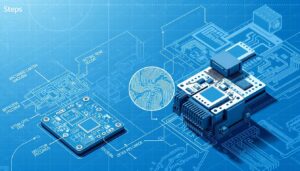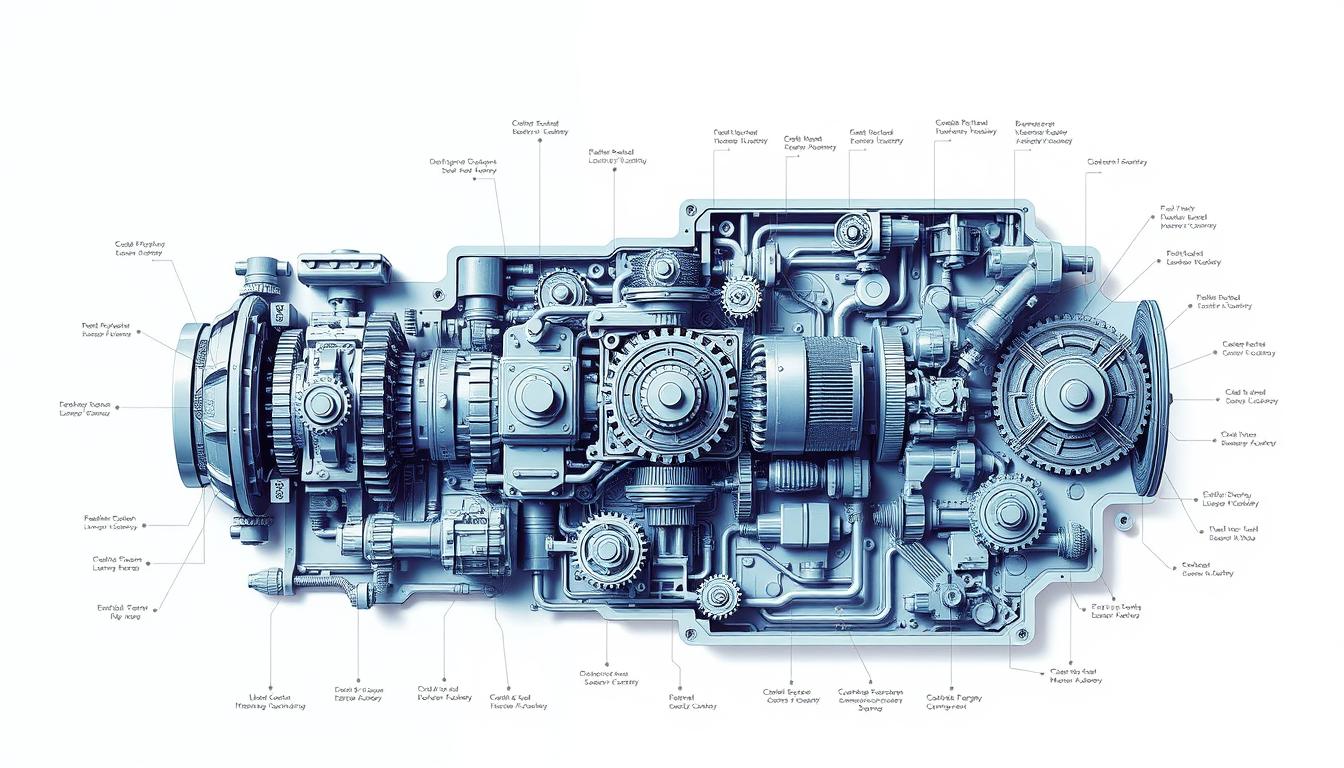无论是在 力学无论是软件还是硬件,逆向工程都能对系统架构和功能进行详细分析。它通过揭示未记录的协议和格式来支持互操作性。工程师通过深入了解可提高性能、安全性和设计。它还能在现有技术的基础上推动新方法的发展。由于经常被视为软件破解,因此它强调的是理解和创新,而不总是利用。
免责声明: 本内容用于教育 产品设计 我们不鼓励或支持未经授权的逆向工程。虽然我们认为逆向工程对创新、传统产品的维护和生态环境都有好处,但逆向工程可能会违反软件许可、服务条款或其他法律法规。 知识产权 法律取决于您所在的司法管辖区。在从事任何逆向工程活动之前,请务必咨询法律专业人士。
电子逆向工程
电子学中的逆向工程是指拆开许多小部件的组合、组装,从而了解潜在的嵌入式软件或逻辑是如何工作的。它是汽车、小工具和大型机器等领域的关键。有时,技术细节很难找到或被封锁起来。通过逆向工程,专业人员可以复制、改进或修复技术项目。他们确保这些项目符合当今的需求和规则。本文将深入探讨电子产品逆向工程的工作原理、步骤以及人们使用的工具。
逆向工程在电子学中的应用 电子逆向工程在不同领域有许多用途,例如:
| 电子逆向工程工具 主要工具和方法包括
虽然还没有出现工业规模,但可以预见的是,自动视觉识别和人工智能将很快改变这一领域。 |
硬件 RE 流程

逆向工程流程包括深入了解电子硬件的多个步骤。每个阶段都有助于全面了解设备,重点关注所有重要部件:
- 初步评估和观察:逆向工程首先要仔细观察硬件,了解硬件是如何连接和设置的。这可能包括查看重要接口的大连接器。他们还要注意那些能提供电路板设计和使用线索的标记。弄清电源电路、集成电路 (IC) 以及通信方式是关键。
- 识别电路元件:初看之后,接下来就是识别每个电路元件。工程师将设备拆开,给所有部件贴上标签。这有助于他们了解每个部件的作用,如电阻器、电容器和集成电路。通过跟踪这些部件,工程师可以更好地分析硬件。这样,他们就能看到每个部件在整个系统中是如何配合的。
- 绘制原理图:最后一步是绘制显示电路布局的原理图。工程师利用前面的信息绘制详细的示意图。这些原理图使逆向工程过程清晰明了,显示了各部件之间的连接和相互作用。
软件逆向工程
逆向工程对许多领域都很有吸引力,显示出它的广泛用途。逆向工程在软件分析领域非常重要,其目标是了解当前应用程序是如何工作的。通过拆解软件,专家们可以了解软件的功能以及选择某些设计的原因。
在修复错误时,开发人员会求助于逆向工程。它能帮助他们发现并解决软件中的问题。这样,他们就能发现常规调试方法无法发现的错误。通过发现知名应用程序的薄弱点,或为此提供奖励,他们可以建立更强大的防御系统来保护用户信息。
游戏创作者也看到了逆向工程的好处。他们研究成功的游戏,了解玩家喜欢什么。然后,他们将这些流行元素添加到自己的游戏中,使其更加有趣。
这种做法对于分析软件越来越重要。它对于解决问题和规划新战略至关重要。在技术日新月异的现代社会,逆向工程是一项关键技术。
涉及的关键步骤 该过程包括几个步骤:
| 软件逆向工程工具 逆向工程过程中有几个重要步骤。它们包括
|
静态分析与动态分析

开发人员和安全专家主要使用两种类型:静态分析和动态分析。
- Static analysis means looking at the software without running it. Analysts can go through the code, spot weak points, and get the big picture of the program. They dig into the code or binaries to learn about how the software works. This way, they can find hidden issues or security risks.
- Dynamic analysis, on the other hand, is about running the software to see how it acts. It lets experts see the software’s interaction with its surroundings, showing real-time data, execution paths, and user actions. By watching how the software works, analysts understand it better, noting how it uses memory and...
You have read 41% of the article. The rest is for our community. Already a member? 登录
(同时也是为了保护我们的原创内容不被机器人搜刮)。
创新世界社区
登录或注册(100% 免费)
查看本文其余部分以及所有会员专享内容和工具。
只有真正的工程师、制造商、设计师和营销人员才是专业人士。
没有机器人,没有仇恨者,没有垃圾邮件发送者。


























相关文章
有关 Perovskites 的最新出版物和专利
有关石墨烯的最新出版物和专利
45+ 个游戏和营销科学技巧:数据驱动和统计技巧
Use or Abuse 25 Cognitive Biases in Product Design and Manufacturing
修订的NIOSH工作台人体工程学提升方程
暗网 vs. 暗网 vs. 深网:101 及更多